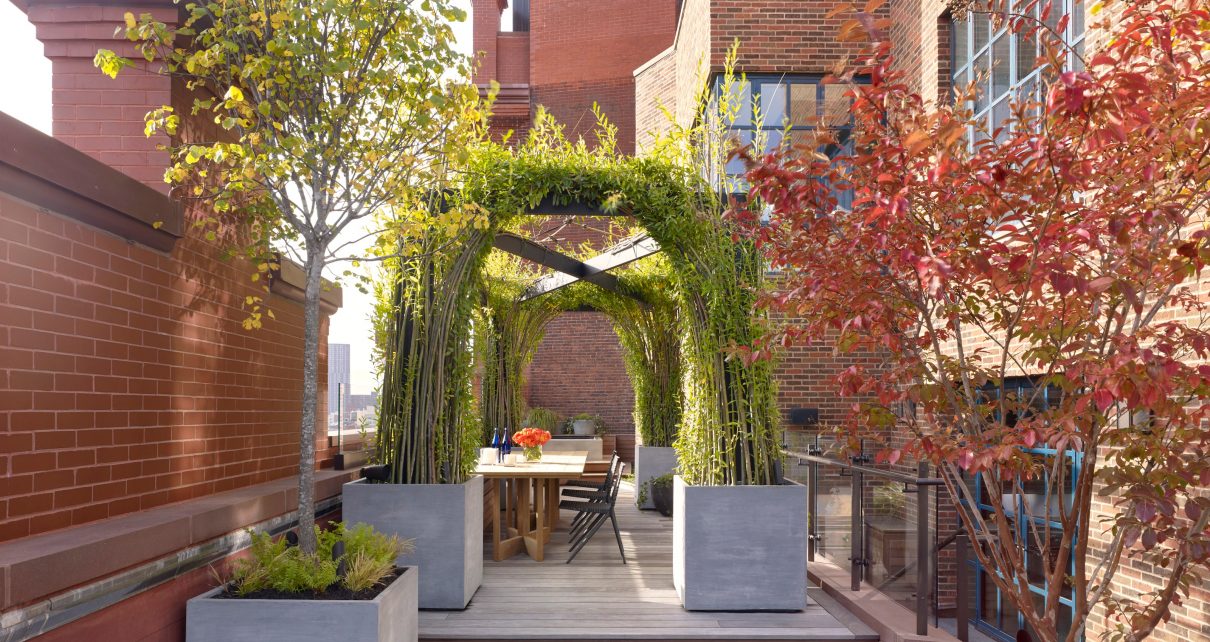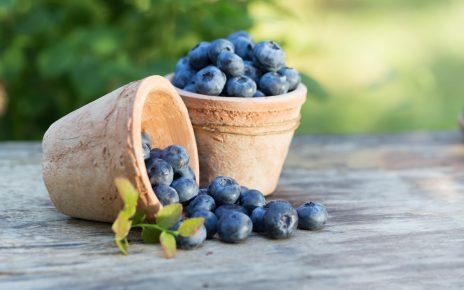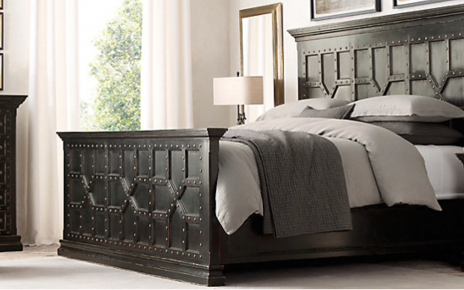Most planting schemes whether they are large or small benefit from plants that provide structure. This maybe in the form of height, unusual foliage, flowers or seed heads in autumn and winter.
There are many different styles of design and choosing which plants work best within each genre can be tricky.
Classic styles can use topiary and hedging plants set out in intricate patterns, frequently used are Taxus bacatta and Buxus semper virens these are both slow growing so manageable but it can take time and a good deal of patience before the desired effect is achieved.
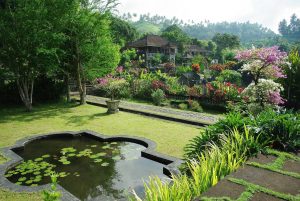
The architecture for me in the above examples is supplied by the rigid lines of the hedging and height of the topiary; being evergreen they deliver the holy grail of all year round interest; The strong lines and clipped forms can add real drama, however this approach is exceedingly high maintenance and can require a particularly high skill level to produce and maintain the desired effect.
Mixed borders provide an easier prospect as a broader palette of plants is available to choose from, striking perennials can bring so much, height, colour, scent and perhaps most importantly texture. Cynara cardunculus a member of the Cardoon family has striking foliage as well as unusual flowers it requires little care, and is a stunning addition to planting schemes. For a similar effect in smaller areas try Eryngium bourgatti or Echinops `Taplows blue` planted in groups, plant amongst other more traditional plants, lavendula`augustifolia` hidcot, Rudbekia goldsturm, Echinacea purpurea, to create contrast in both colour and again texture.
Ornamental grasses can also play a pivotal role when planning a border whether being used to create a break in more traditional planting styles or as bold focal points in designs that have a more contemporary feel, larger species such as Stipa gigantea or Cortaderia sellona rosea can be impressive in their own right when planted singularly, other varieties also work well when planted as part of a mixed border plant miscanthus gracillimus or miscanthus zebrinus as a hub of your planting scheme then dot Verbena boneriensis, Knautia macedonia or Scabious purpurea around them , the flowers and eventually seed heads will combine with the substance of the grasses to give an airy feel to your plan.
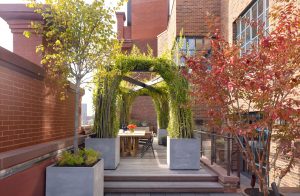
Phormiums and Cordylines also work well in a number of different combinations, again in combined planting schemes or if space is limited can work equally well in containers. The magnificent spiny leaves can offer a dramatic foil to softer planting. They are extremely robust plants ideal for costal locations, if conditions are right they will flower, the buds are similar to strelizia, and also provide an architectural element as well as providing forage for birds in the winter. One note of caution they can require a lot of space. There are several varieties to choose from Phormium yellow wave and Phormium atropurperea mix with Stipa tenussima or carex frosted curls for contrast. Also try under planting with alliums purple sensation and Christophii
Trees can also play an integral task in providing an architectural feel and also help to provide a focal pull throughout the seasons. Be aware that unless you are buying mature specimens trees do grow! So spend a little time researching about what size they will grow to before buying. Prunus serrula has a striking russet bark as well as a mass of cerise flowers in spring, Acer palmatum `Blood good` will supply strong colours in autumn.

